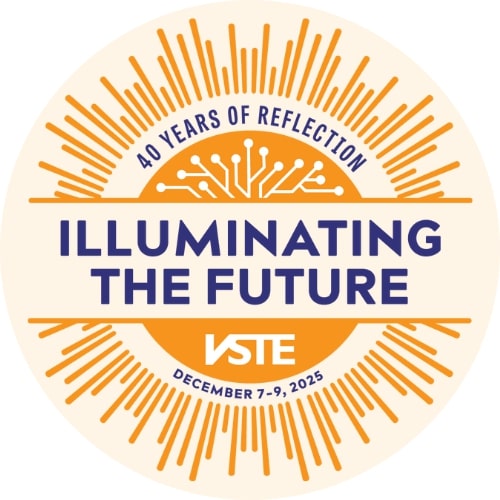Written by UnisonEdu member Rosemary Wagoner. You can connect with her on Twitter at @roswag.
Determining if a work can be used in instruction can be confusing. Fair Use Guidelines help guide us as we consider if something can be used. We will be examining works for evidence to determine if they meet the Fair Use guidelines and can be used in instruction.
There are many great resources online for instruction. It is also very easy to download the many resources. It is wonderful that educators can share resources easily over the internet. We just need to be careful of where the resources come from and if they qualify as “fair use”. Two sites that teachers get resources that are concerning are Teacher Pay Teacher and Pinterest. Both of these sites have value you’re just depending on others to have posted within the Copyright and Fair Use rules. It is also important to understand when you purchase something on Teachers Pay Teachers you're paying for the right to use that with your class. You would not want to put this on the internet where others can get it without paying for it. Remember the teacher who created is probably trying to earn some extra money. If your colleagues like the resource they should pay to use it too.
Kathy Schrock is a tremendous resource She has a plethora of resources on just about any technology use. ITRT. She has an entire section devoted to Respect for Intellectual Property. This page can be found at https://www.schrockguide.net/intellectual-property.html. Let’s review a few of the resources found on this page. Common Sense Media.org also has good resources for staying safe and following Fair Use guidelines. They have a good lesson plan found at https://www.commonsense.org/education/digital-citizenship/lesson/the-four-factors-of-fair-use. As an educator there are resources you can use that the average person would not be able to use legally. Fair Use part of the Copyright Laws govern what teachers and students can use of resources found on the internet for educational purposes. Copyrightkids.org is a good resource for younger children on learning about copyright. They also have a quiz that the students can complete once they have gone through the other resources on the page. It is also a good review for adults.
Let’s look at the factors that help determine if something qualifies under fair use. The lesson from Common Sense Media does a good job of explaining the four factors of Purpose, Amount, Nature, and Effect. Purpose is whether it is for education or business (for profit). How are you using the work? Teaching is an area where you can use some copyright materials, but it isn’t free reign. Students can also use resources found on the internet for school projects. Amount- How much of the work will you be using? Is it a small portion or most of the work? To determine how much of the work you will be using make sure you look at the original. Make sure not to use more than 10%. Nature - What is the nature of the original work? Is it an image, article, song or video. Songs and videos have more restrictions and are watched closer by the producers. Effect- How will your use of the work affect the creator? Will it have a financial impact on the creator that keeps them from making money? This is where we need to pay special attention.
Earlier I mentioned that it is concerning to use Pinterest and “Teachers Pay Teachers”. The reason I find it concerning is that you may not always be sure that the person who posted or is selling something has the right to do so. Try to find the original when possible. Some of the things I have seen teachers get from “Teachers Pay Teachers” involve released SOL items that the teacher selling the item put time into making into a resource. This type of thing is fine to use as the released SOL items are in the public domain once they’re posted. Anything you find from a government site is public domain. Teachers also like to share things.
Sites like, Raz-kids, and Education.com only allow you to share the resources with your class in a closed environment. A closed environment would be Google Classroom or a Learning Management System. Some examples of a LMS are Moodle, Canvas, Schoology and Blackboard. Newela gave permission to use their resources through the end of the school year. There were also many other companies that gave free access through the end of the year when we had to suddenly change to online learning. Before using them you will want to check to see if that is being extended. Make sure you review the COVID-19 special regulations to see how long the resource will be available and make sure you stop using it at the time specified.
Rosemary Wagoner
roswag13@gmail.com




